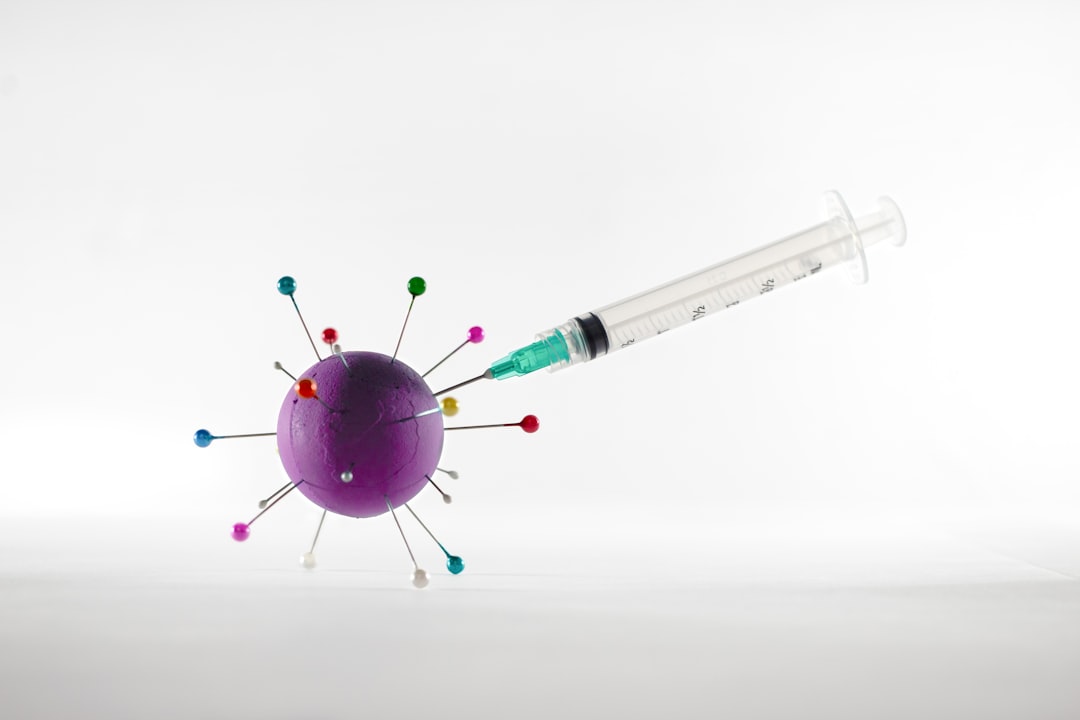What is it about?
Cannabis usage appears to be most prevalent among young individuals (EA). Evidence shows that cannabis smoking, and other related ways of consumption (e.g., vaping, edibles), have become a popular choice among this group. The legalization of recreational cannabis in Canada, the declaration of the "e-cigarette or vaping product use related lung injury" or "EVALI" epidemic, and the "COVID-19" pandemic, for example, are all likely to have altered cannabis usage patterns among at-risk groups. This study investigated how self-reported changes in cannabis usage among EA in Canada changed over time: before legalization, after legalization, before EVALI, after EVALI, before COVID-19, and after COVID-19.
Featured Image
Why is it important?
Our findings show that smoking and vaping cannabis has increased on average, with the most noticeable rise occurring after legalization. In EA, there are significant sex variations in behavioural characteristics of cannabis use, while the "gender gap" in cannabis intake appears to be shrinking. These findings are important as it can help policymakers establish intervention programmes to address cannabis-related outcomes and contextual factors that encourage usage.
Read the Original
This page is a summary of: Changes in Cannabis Consumption Among Emerging Adults in Relation to Policy and Public Health Developments, Substance Use & Misuse, February 2022, Taylor & Francis,
DOI: 10.1080/10826084.2022.2034873.
You can read the full text:
Contributors
The following have contributed to this page










